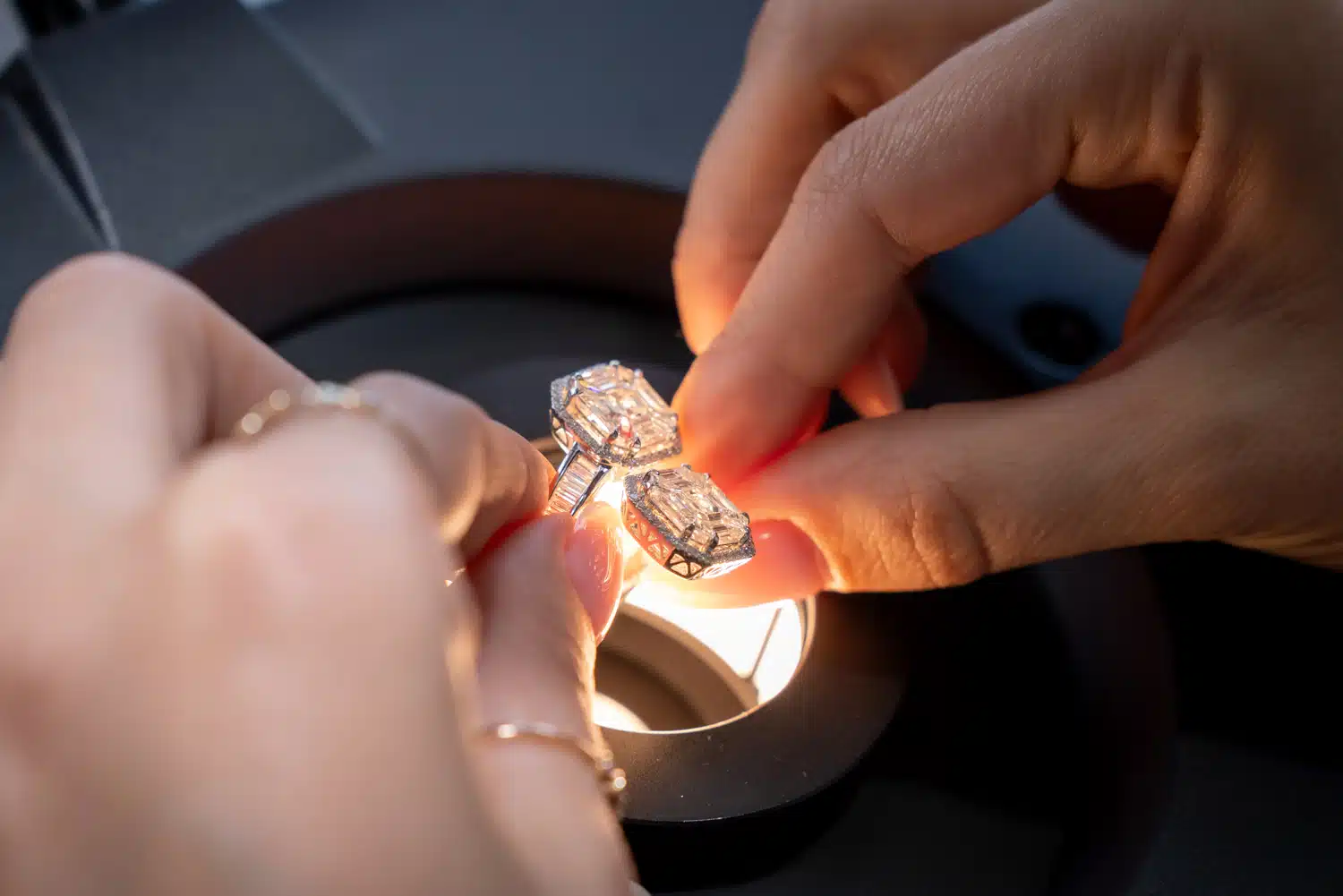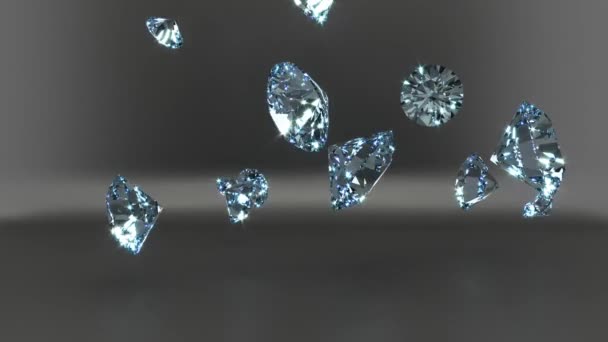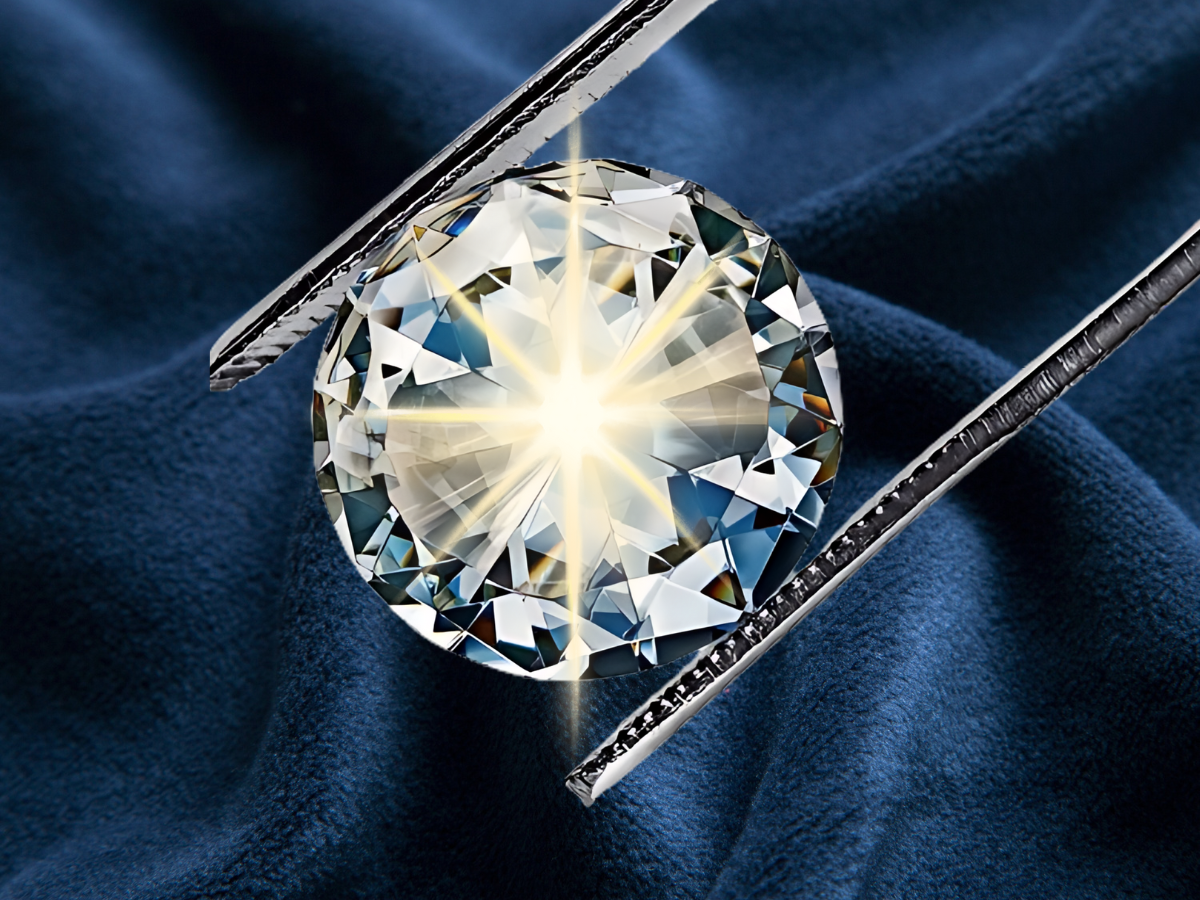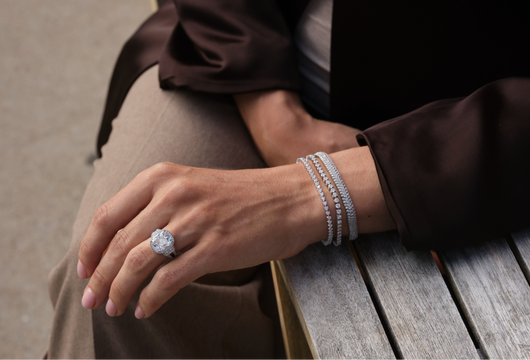Introduction
Diamonds have long been a symbol of love and commitment, often celebrated for their brilliance and rarityHowever, with the rise of technology, lab-grown diamonds (also known as lab-made or synthetic diamonds) have gained popularity, offering an ethical and sustainable alternative to natural diamondsWhen shopping for 4Cs lab grown diamonds, understanding the 4Cs—cut, color, clarity, and carat weight—is essential for making an informed decision.
What Are Lab-Grown Diamonds?
Lab-grown diamonds are created in controlled environments using advanced technology that replicates the natural diamond formation processThey possess the same physical, chemical, and optical properties as natural diamonds, making them virtually indistinguishable to the naked eyeThe two primary methods of producing lab-grown diamonds are High Pressure High Temperature (HPHT) and Chemical Vapor Deposition (CVD)The HPHT method mimics the natural conditions under which diamonds form deep within the Earth, while CVD involves using carbon-rich gases to deposit carbon atoms onto a substrate, where they crystallize into diamond.
The 4Cs of Lab-Grown Diamonds
Cut
The cut of a diamond significantly impacts its sparkle and overall aesthetic appealIt refers to how well the diamond has been shaped and facetedA well-cut diamond reflects light beautifully, showcasing its brilliance and fireThe cut is graded on a scale from Excellent to Poor, taking into consideration factors such as symmetry, polish, and proportionsWhen choosing a lab-grown diamond, paying close attention to the cut is crucial, as it can greatly enhance the gem’s visual appeal.
Color
Diamonds are available in a range of colors, from completely colorless to shades of yellow and brownThe color grade is based on the presence of any hue in the diamond, with colorless diamonds being the most valuableLab-grown diamonds are often produced with minimal color, resulting in high-quality stones that may have fewer visible color nuances than natural diamondsThe Gemological Institute of America (GIA) grades diamond color on a scale from D (colorless) to Z (light yellow or brown).
Clarity
Clarity refers to the presence of internal or external flaws, known as inclusions and blemishes, respectivelyThe fewer imperfections a diamond has, the higher its clarity gradeLab-grown diamonds typically have fewer inclusions than natural diamonds because they are created in a controlled environmentClarity grades range from Flawless (no visible inclusions under 10x magnification) to Included (inclusions visible to the naked eye)When selecting a lab-grown diamond, many options are available with higher clarity grades at lower price points compared to natural diamonds.
Carat Weight
Carat weight measures the size of the diamond, with one carat equaling 0.2 gramsWhile carat weight can influence the diamond’s price, it is essential to consider it alongside the other 3CsA larger diamond may not necessarily be the best choice if it lacks a high-quality cut, color, or clarityLab-grown diamonds are available in a wide variety of carat weights, allowing consumers to find the perfect size for their preferences and budget.
The Benefits of Choosing Lab-Grown Diamonds
Lab-grown diamonds offer numerous advantages over natural diamondsOne of the most significant benefits is their ethical considerationLab-grown diamonds are created without the environmental and human rights concerns associated with traditional diamond miningThis makes them an appealing choice for consumers looking to make responsible purchasing decisions.
In addition, lab-grown diamonds are often more affordable than their natural counterpartsBecause they can be produced more efficiently and at a lower cost, consumers can often find higher-quality diamonds within their budgetThis means you can prioritize the 4Cs without compromising your financial goals.
Furthermore, lab-grown diamonds are virtually identical to natural diamonds in terms of appearance and qualityWith advancements in technology, these diamonds can offer excellent clarity, color, and cut, providing an attractive and high-quality option for engagement rings and other fine jewelry.
Conclusion
In conclusion, lab made diamonds present an ethical, affordable, and high-quality alternative to natural diamondsUnderstanding the 4Cs—cut, color, clarity, and carat weight—will help consumers make informed choices when selecting the perfect lab-grown diamondAs the market for lab-grown diamonds continues to grow, they are becoming an increasingly popular choice for those seeking beauty and sustainability in their jewelry.
 Material Matters: Choosing the Right Chemical Gear Pump for Corrosive Fluids
Material Matters: Choosing the Right Chemical Gear Pump for Corrosive Fluids  Investing in Pink Argyle Diamonds: A Valuable Opportunity in the World of Precious Gems
Investing in Pink Argyle Diamonds: A Valuable Opportunity in the World of Precious Gems  IGI o GIA: Understanding Lab-Made Diamonds
IGI o GIA: Understanding Lab-Made Diamonds  Lab Created Diamonds Are Forever: The Future of Sustainable Luxury
Lab Created Diamonds Are Forever: The Future of Sustainable Luxury  The Key Differences Between IGI and GIA Lab Grown Diamonds
The Key Differences Between IGI and GIA Lab Grown Diamonds  Lab Created Diamonds Are Forever: The Future of Sparkle
Lab Created Diamonds Are Forever: The Future of Sparkle  Relapse, Stress, And Addction: Preventions And Treatments
Relapse, Stress, And Addction: Preventions And Treatments  The Timeless Appeal of the Lab Diamond Tennis Bracelet
The Timeless Appeal of the Lab Diamond Tennis Bracelet  Brownstone Restoration and Repair Project Cost Breakdown
Brownstone Restoration and Repair Project Cost Breakdown 
:max_bytes(150000):strip_icc()/basketball-team-supporting-their-injured-teammate-on-the-court--966143760-75350a8b15ba4936813961288be70852.jpg)
